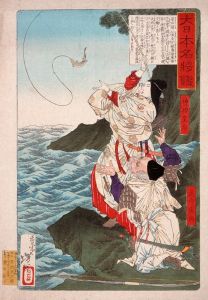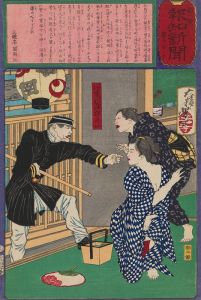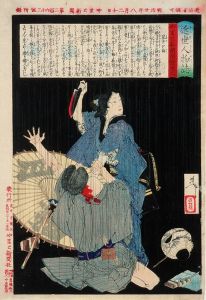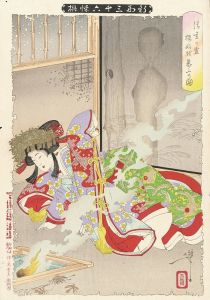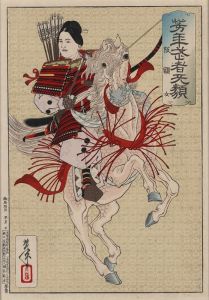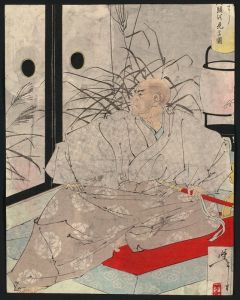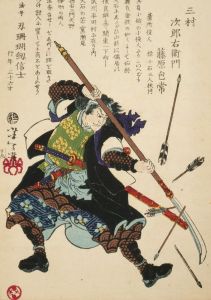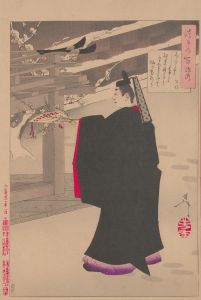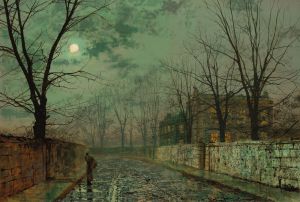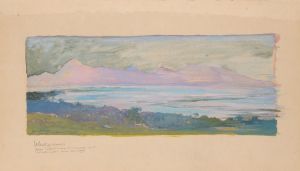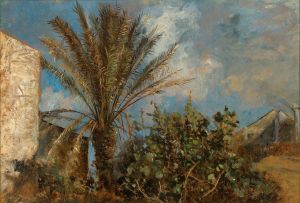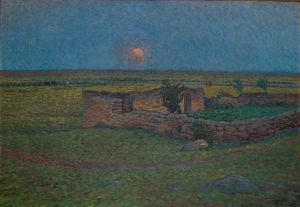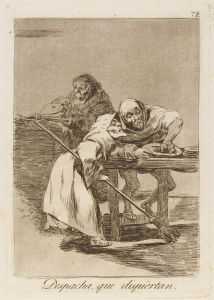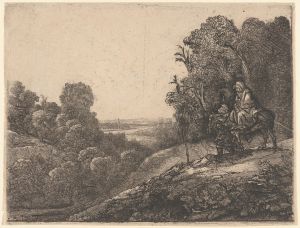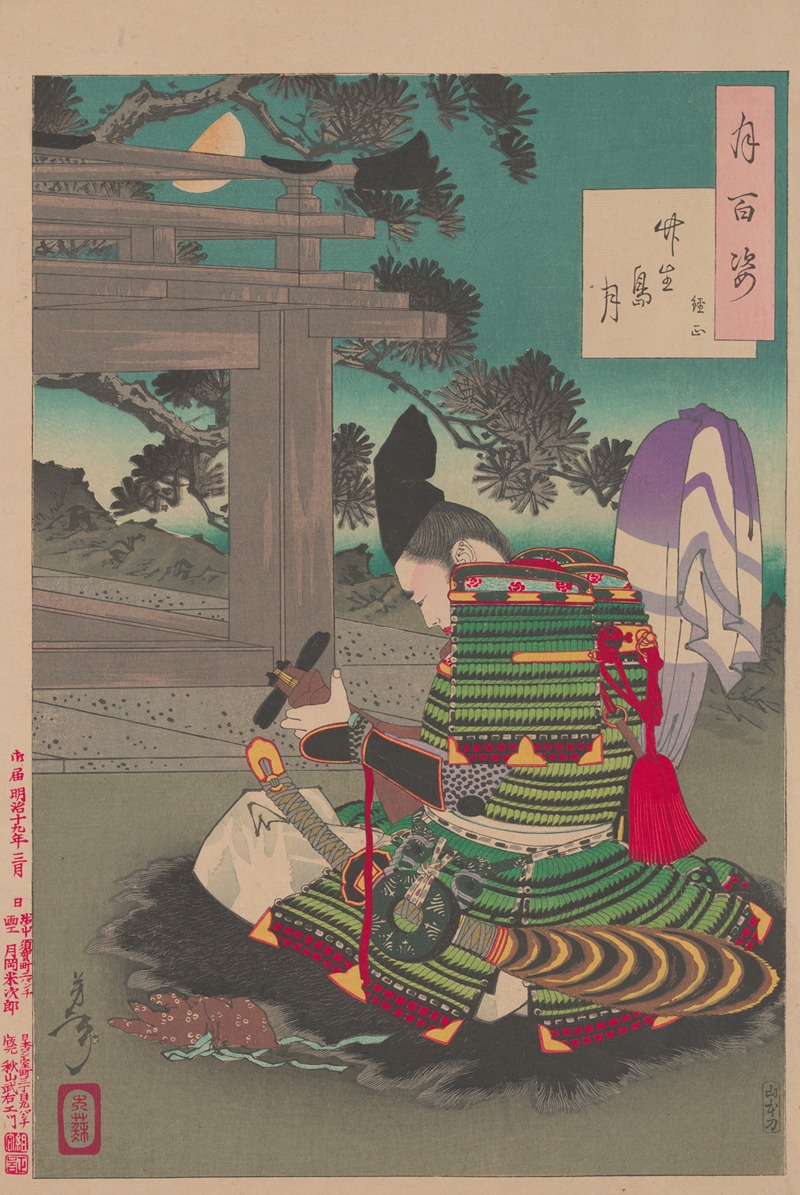
Chikubushima moon
A hand-painted replica of Tsukioka Yoshitoshi’s masterpiece Chikubushima moon, meticulously crafted by professional artists to capture the true essence of the original. Each piece is created with museum-quality canvas and rare mineral pigments, carefully painted by experienced artists with delicate brushstrokes and rich, layered colors to perfectly recreate the texture of the original artwork. Unlike machine-printed reproductions, this hand-painted version brings the painting to life, infused with the artist’s emotions and skill in every stroke. Whether for personal collection or home decoration, it instantly elevates the artistic atmosphere of any space.
"Chikubushima Moon" is a woodblock print by the renowned Japanese artist Tsukioka Yoshitoshi, who is celebrated for his contributions to the ukiyo-e genre during the late Edo and early Meiji periods. Yoshitoshi is particularly known for his series "One Hundred Aspects of the Moon" (Tsuki hyakushi), which was published between 1885 and 1892. This series is considered one of his masterpieces and showcases his innovative approach to traditional Japanese themes, blending them with a modern sensibility.
The print "Chikubushima Moon" is part of this series and reflects Yoshitoshi's fascination with historical and legendary subjects, often infused with elements of nature and the supernatural. Chikubushima is a small, sacred island located in Lake Biwa, Japan's largest freshwater lake. The island is known for its spiritual significance and is home to the Chikubushima Shrine, which is dedicated to Benzaiten, the goddess of everything that flows: water, time, words, speech, eloquence, music, and by extension, knowledge.
In "Chikubushima Moon," Yoshitoshi captures the serene and mystical atmosphere of the island under the moonlight. The composition typically features a tranquil scene with the moon casting its gentle light over the landscape, creating a harmonious balance between the natural world and the spiritual realm. Yoshitoshi's use of color and line work in this print exemplifies his mastery of the woodblock printing technique, as well as his ability to convey emotion and narrative through visual art.
Yoshitoshi's "One Hundred Aspects of the Moon" series draws inspiration from various sources, including classical literature, historical events, and folklore. Each print in the series is accompanied by a short text or poem that provides context or enhances the viewer's understanding of the depicted scene. In the case of "Chikubushima Moon," the accompanying text likely references the island's cultural and spiritual significance, as well as its association with the moon.
The series was created during a time of great change in Japan, as the country was transitioning from the feudal Edo period to the modern Meiji era. This period of transformation is reflected in Yoshitoshi's work, which often juxtaposes traditional themes with contemporary artistic techniques and perspectives. His prints are noted for their dynamic compositions, expressive figures, and innovative use of color, which set them apart from the more conventional ukiyo-e prints of his predecessors.
Yoshitoshi's work, including "Chikubushima Moon," has been highly influential in both Japan and the West. His prints have been celebrated for their artistic merit and have contributed to the global appreciation of Japanese art. Today, Yoshitoshi is regarded as one of the last great masters of the ukiyo-e tradition, and his "One Hundred Aspects of the Moon" series remains a significant achievement in the history of Japanese art.
In summary, "Chikubushima Moon" by Tsukioka Yoshitoshi is a distinguished example of the artist's ability to blend traditional Japanese themes with innovative artistic techniques, capturing the beauty and mystery of Chikubushima under the moonlight. This print, like others in the series, reflects Yoshitoshi's deep engagement with Japan's cultural heritage and his skillful storytelling through the medium of woodblock printing.





